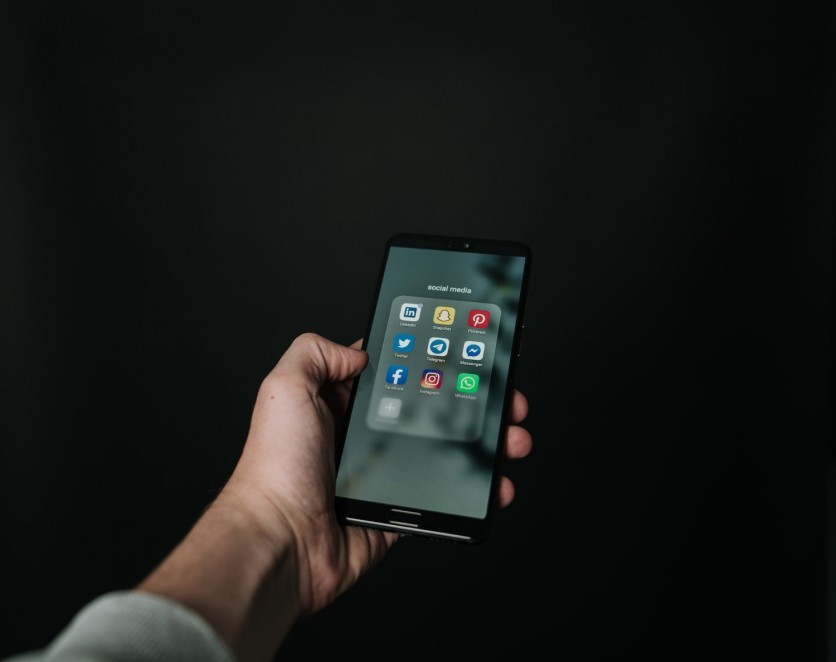
The advent of artificial intelligence has led to the rise of deepfake technology being used more pervasively than ever. Deepfakes first gained notoriety in the 1990s. Initially used predominantly in benign or comedic contexts, this technology quickly found its way into malicious hands, resulting in a surge of deceptive content across various platforms.
The swift progression of machine learning and artificial intelligence has now made it relatively easy for almost anyone to create convincing deepfakes, creating a flood of potential misinformation. In fact, according to ExpressVPN, a virtual private network provider and cybersecurity company, deepfakes could potentially change the way we remember things.
The Mandela Effect and our memories
In their article, ExpressVPN talked about a phenomenon called the Mandela Effect and how it has led to a mass number of people falsely remembering an occurrence. The term was coined by paranormal enthusiast Fiona Broome in 2010 after she discovered that she, along with many others, falsely remembered that Nelson Mandela, the former President of South Africa, had died in prison during the 1980s. In reality, Mandela was released in 1990 and passed away in 2013.
Social media: A deepfake tool?
Given its nature, social media could play a significant role in the dissemination of deepfake videos, photos, and other types of media. Social media platforms like Facebook, Twitter, and Instagram often favor user engagement and views to decide and prioritize viral or sensational content.
The nature of social media plays an integral role in the spread of deepfakes. Its inherent design, which values user engagement and the swift dissemination of information, can often inadvertently prioritize viral or sensational content without vetting its authenticity. Algorithms on these platforms often promote engaging content, and deepfakes, with their uncanny and often shocking nature, tick all the right boxes for swift sharing.
Moreover, social media's global reach provides a vast audience for these manipulated videos. This is further amplified by the echo-chamber effect, a phenomenon where users are predominantly exposed to information that aligns with their pre-existing beliefs, potentially allowing deepfakes to spread unchecked amongst like-minded individuals. Alternative social media platforms, like Parler, Rumble, and MeWe, have all popped up to provide differing views and avenues for people of different beliefs to share their thoughts.
The implications of deepfakes are particularly troubling when considering the already concerning state of disinformation and 'fake news'. Deepfakes can be weaponized to manipulate public opinion, incite violence, and even undermine democratic processes. In an era where seeing was believing, deepfakes challenge this notion, further muddying the waters of truth.
Several tech companies and social media platforms are now investing in AI-driven tools to detect and remove deepfake content. Others have relied on independent fact-checking initiatives. Digital literacy is another vital component in mitigating the impact of deepfakes. As users, we need to foster a healthy skepticism towards the content we consume online and cross-check information from multiple reliable sources before accepting it as truth. To help educate others, it's important to inform them about the new developments in deepfake technology.
The role of social media in the spread of deepfakes underscores the complex challenge that lies at the intersection of technology, ethics, and information dissemination.
ⓒ 2025 TECHTIMES.com All rights reserved. Do not reproduce without permission.




